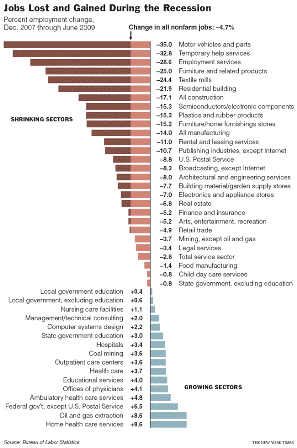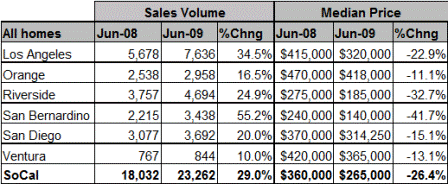Federal Taxation (for Dummies)
So why does the Federal Government tax us?
No, not to get money to spend!
In fact, if you pay your taxes with actual cash, they give you a receipt, a thank you, and then throw that cash into a shredder.
True!!!
So how does taking your cash and shredding it pay for anything??? It doesn’t!
And suppose you pay by check.
When the check clears, all the Federal Government does is change the numbers in your checking account downward for the amount of the check. They don’t get anything.
And so how does the Federal Government actually spend?
When they write you a check, and when the check is deposited, they change the numbers in your bank account upward by the amount of the check. This doesn’t use up anything.
They just change numbers.
Just like when you score a touchdown and get 6 points. The stadium gives you 6 points. But those points doesn’t come from anywhere and the stadium isn’t using up some pile of points it has when it gives you 6 of them.
Federal Reserve Chairman Bernanke made this exact point when Congress asked him where the money for the banks was coming from. He told them the Fed just changes the numbers in their Fed bank accounts.
So this means, operationally, Federal spending is in no case dependent on tax revenues (or borrowing).
The Federal Government can’t run out of money as the President has been telling us. It doesn’t have any to run out of. All it does is change numbers in our bank accounts.
So then why does the Federal Government tax us?
Answer: to take away some of our spending power.
Why would it want to do that?
Because if it didn’t, then our spending of all the income and profits we make, plus all the Federal Government’s spending, would overwhelm the markets and cause prices to go higher and higher. There would be too much spending power chasing too few goods for sale. That’s called inflation.
So what does the government do?
They tax us to take away some of our spending power, so their spending, combined with our spending, doesn’t cause inflation.
That’s why the Federal Government taxes us. Not to get money for them to spend. They don’t use money when they spend. They just change numbers in our bank accounts.
So what’s the right amount to tax?
If they tax too much, we don’t have enough spending power to buy what’s left for sale after the Federal Government is done with its spending.
And that’s exactly what’s happening now. We can build a lot more cars and houses and other goods and services that we’d then like to buy.
But the Federal Government has taxed away too much of our spending power, so sales are way down and unemployment sky high.
Can the Federal Government go broke or run out of money if it taxes less then it spends and runs a deficit?
How can it? It’s just changing numbers in our bank accounts in its own monetary system run by its own Federal Reserve.
Why do they say deficits are bad?
Because they don’t understand their own monetary system and it’s ruining our lives!
Will lower taxes today mean higher taxes later?
Every year, taxes can be adjusted to make sure we have enough spending power to buy whatever we can produce and want to have.
Taxes only have to be raised if we have too much spending power, and the economy is doing so well and unemployment is so low we want to cool things down with a tax increase, to keep inflation where we want it.
So lower taxes today mean prosperity today, and higher taxes later only if things get too good and we get worried about inflation.



